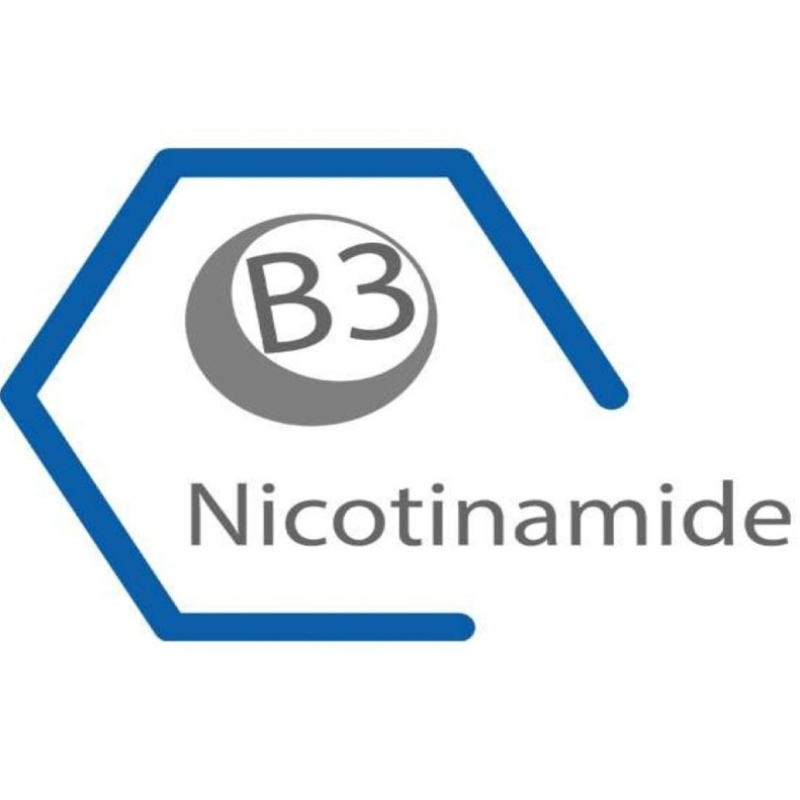Dimethylsilicone oil, also known as methyl silicone oil or polydimethylsiloxane liquid. Colorless transparent viscous liquid. Odorless. Odorless. Non toxic. The molecular formula is CH3 [Si (cH3) 2] nSi (CH3) 3. The average molecular weight ranges from 5000 to 100000. According to different molecular weights, the kinematic viscosity ranges from 1.0 × 10-6 to 100000 × 10-6 square meters per second. Long term use temperature range -50~180 ℃, can be used for a long time under isolated air conditions or in inert gas at 200 ℃. The viscosity coefficient ranges from 0.31 to 0.61. Surface tension is 1.59-2.15 × 10-4N/cm. Dielectric constant (23 ℃, 100Hz) 2.18-2.17. Volume resistivity (23 ℃) 1.0 × 1014~1.0 × 1016 Ω cm3. The tangent value of the dielectric loss angle (23 ℃, 100Hz) is 0.00002 to 0.00004. The breakdown voltage strength ranges from 13.7 to 17.7 kV/mm. Soluble in benzene, toluene, xylene, and ether, partially soluble in ethanol, butanol, and acetone, insoluble in cyclohexanol, methanol, paraffin oil, and vegetable oil. Has excellent hydrophobicity and moisture resistance, good transparency, and chemical stability. Widely used as insulation, heat resistant, and moisture resistant fillers, high-efficiency defoamers, release agents, lubricants, and surface treatment agents. Produced by the reaction of octamethylcyclotetrasiloxane and hexamethyldisiloxane with concentrated sulfuric acid or tetramethylammonium hydroxide catalyst.
Appearance: Colorless transparent viscous liquid CAS number: 9006-65-9
Molecular formula: C6H18OSi2 viscosity (mm2/s): 100 ± 8
Refraction (25 ℃): 1.400-1.410 Flash point (opening): 300
Specific gravity (25 ℃): 0.960-0.970 Molecular weight: 162.37800
Precision quality: 162.09000 PSA: 9.23000
LogP: 2.67280 [2]
Physical and chemical properties
Density 1 g/mL at 20 ° C
Vapour pressure 5 mm Hg (20 ° C)
Refractive index n20/D 1.406
Flash point 121 ° C
toxicity
There are no obvious acute or chronic toxic reactions to humans or mammals, nor are there any mutagenic or carcinogenic effects. No obvious irritation or allergic reactions to the eyes or skin, whether oral, inhalation or skin contact, and not absorbed by the gastrointestinal tract and skin.
Production methods
Use alkaline and acid methods. The alkaline method is obtained by using dimethyl cyclosiloxane as the raw material and conducting a polymerization reaction in the presence of a hexamethyldisilane chain stopper and a tetramethylammonium hydroxide catalyst. The acid method is obtained by using the low boiling material of silicone rubber as the raw material, conducting a polymerization reaction in the presence of a hexamethyldisilicate chain stopper and a concentrated sulfuric acid catalyst, and then undergoing acid removal, washing, decolorization, and filtration.
purpose
Widely used in cosmetics such as skincare creams, hand creams, skin cleansers, sunscreen, shaving cream, deodorants, bath liquids, hair conditioners, etc. It can also be used as a polishing agent and as an defoamer. It has the ability to dissolve various vitamins, hormones, fungicides, and anti-inflammatory drugs. It is well soluble with various components of cosmetics and can form a thin layer on the skin surface. It is hydrophobic and can keep vitamins and drugs on the skin surface for a long time, with stable nutritional effects. It can also make hair soft and smooth, improve combing, and increase luster.
Dimethylsilicone oil is widely used as a release agent for various materials such as plastics and rubber, with excellent high and low temperature resistance, transparency, electrical properties, hydrophobicity, moisture resistance, and chemical stability. Generally used for high-temperature demolding of large molded materials, such as phenolic resins and unsaturated polyester laminates. In order to meet the needs of different uses, silicone oil is usually processed into solutions, emulsions, and silicone pastes, with the following composition and uses.
The solution is prepared by dissolving silicon oil in organic solvents such as carbon tetroxide, toluene or xylene, and the concentration is generally 0.5~2%. Suitable for use at 60-110 ℃.
The emulsion is made by blending silicone oil, emulsifier, and water, and diluted to 0.5-2.0% when used. Suitable for processing scenarios above 120 ℃ and products with complex shapes.
Silicon paste is made by smelting silicon oil and ultrafine silica. Good heat resistance, suitable for products with large and smooth surface area and simple shape.
Dimethylsilicone oil is a polymer of dimethyl silicon, with different grades depending on the degree of polymerization. As a condensing agent for drop pills, dimethyl silicone oil with appropriate relative density and viscosity should generally be selected according to the properties of the matrix. All water-soluble matrices can be well formed within it, but the cost is high.


















































